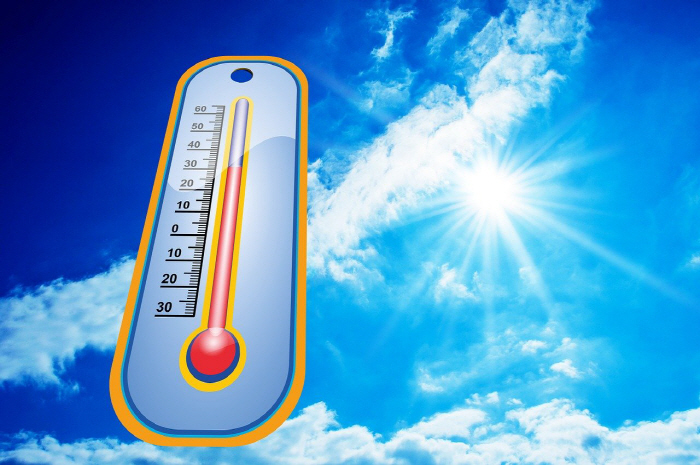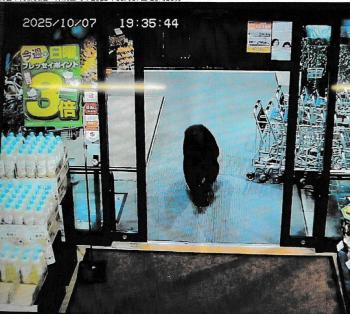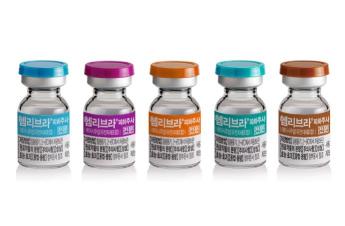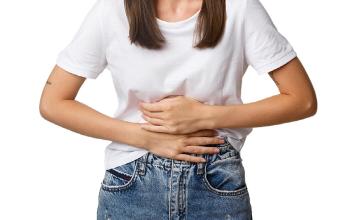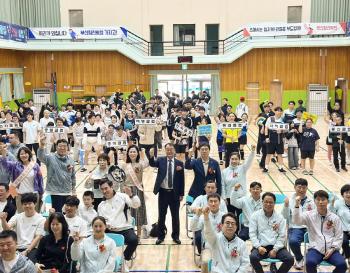In the daytime heat of more than 30 degrees, the number of people with heat illness continues to rise...More than 10% of patients are indoors
Jun 10, 2025
|
Heat illness is a disease that occurs when exposed to heat for a long time, and symptoms such as headache, dizziness, muscle cramps, fatigue, and loss of consciousness appear. Types of heat diseases include heat stroke, heat exhaustion, heat cramps, heat fainting, and heat edema.
According to the results of the Korea Centers for Disease Control and Prevention's report on the thermal disease monitoring system, 7 patients with thermal diseases entered 517 emergency room operating medical institutions nationwide on the 9th.
Since this year's monitoring system was in operation on the 15th of last month, the cumulative number of patients has been 113, with 73.5% being men. By age group, those in their 60s and 80s and older accounted for 15.9%, respectively, followed by 15.0% in their 30s and 40s and 13.3% in their 50s. There were 31.0% of patients aged 65 years or older.
By region, one person occurred in Seoul, Busan, Incheon, Gyeonggi, Chungbuk, Gyeongbuk, and Gangwon, and also came from outdoor workplaces and roads (21.2% each) and paddy fields (17.7%). 11.5% of all patients also occurred indoors, such as indoor workplaces (5.3%) and homes (3.5%). Jobs were surveyed in the order of simple labor workers (14.2%), agricultural, forestry, and fisheries skilled workers (9.7%), and housewives (8.8%).
By time zone, the largest number of patients (17.7%) came out from 3 p.m. to 4 p.m., and the proportion of patients was also high from 11 a.m. to 12 p.m. (15.9%) and from 4 p.m. to 5 p.m. (14.2%).
By disease, 48.7% of patients with heat exhaustion, also called sunstroke, accounted for the most, while patients with heat fainting (23.0%) and heat stroke (21.2%) who temporarily lose consciousness accounted for a large proportion. Heat exhaustion, which accounts for half of it, occurs when you sweat a lot and do not have adequate moisture and salt supply. As the skin turns pale, symptoms such as helplessness and fatigue, muscle cramps, nausea, vomiting, and dizziness appear. If you feel heat exhaustion, you should take a rest in a cool place. Consuming ion drinks can also be helpful. If symptoms persist for more than an hour or do not recover, you should visit a medical institution for treatment.
In order to prevent heat diseases, it is necessary to check weather conditions from time to time and refrain from outdoor activities during heat waves. Drink water often and stay in a cool place from 12 p.m. to 5 p.m. during hot hours. It can be prevented by practicing in daily life, such as taking frequent showers and wearing loose and light clothes.
Meanwhile, a total of 3704 people with heat illness (including 34 estimated deaths) were identified as the heat disease emergency room monitoring system last year, an increase of 31.4% (2818 → 3704) compared to the previous year (2023), and the estimated number of deaths by year was the second highest since 2018 (48).
This article was translated by Naver AI translator.
